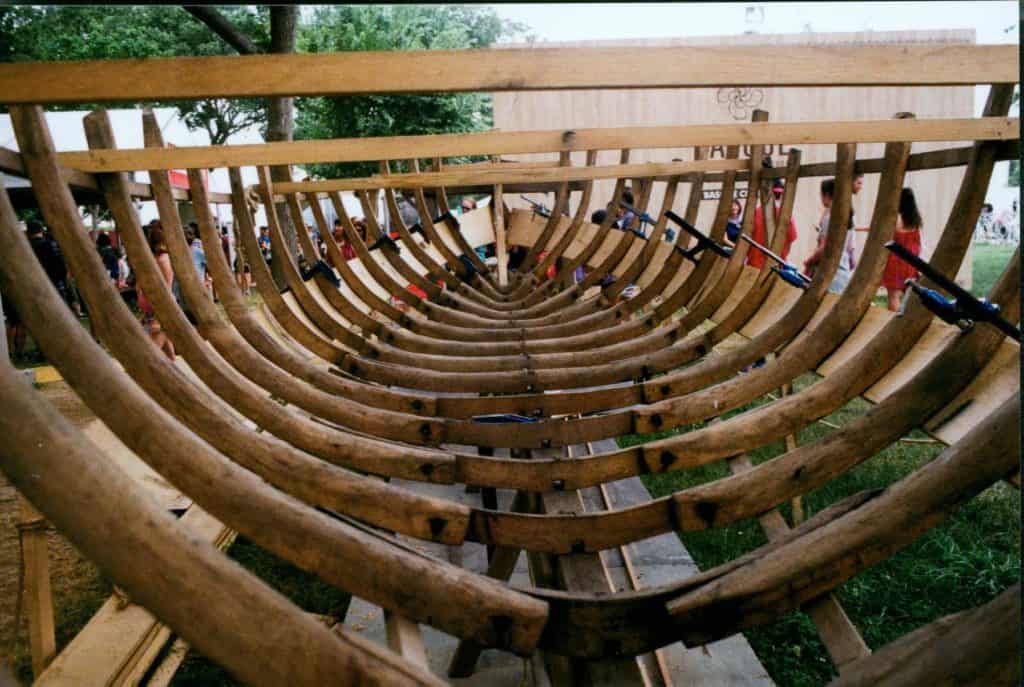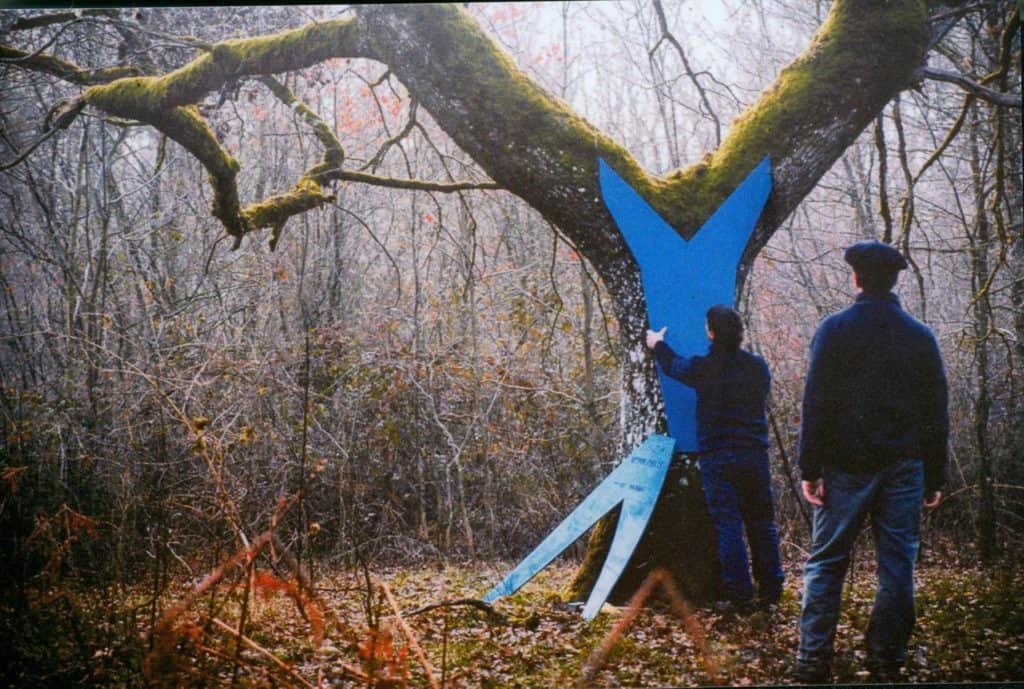
By Gary Salmon
It’s February, a tree’s dormant season between leaf fall, starch storage in the roots, and sugaring season. A time perhaps to dream of green days ahead, to read a good book, or otherwise shorten our dormant season. This line of thought brought me to ship building and the long history of wooden ships that opened our world to travel.
We think of mast trees as a part of our history because our white pines had the size and straightness to help rig the big ships of the time. Planks for the hull and decking and superstructure also needed to be straight wood. So the search has always been for straight trees for ship lumber.
So what are the people doing in the woods of northern Spain? They are Basques and have a long association with the sea including a very early history of whaling. By the 1500s they were already fishing for cod and whaling off the coast of Labrador and Newfoundland. Ships need not only straight pieces but myriad other shapes to “float your boat” and these folks were looking for specific ship parts and a tree that they can be taken from.
For a boat to be seaworthy it has to be watertight, well-made for endurance and time, and have the correct parts put together by craftsmen.

The same is true for many other things, including tree warden statutes that became law last November. For any town to continue on with a tree warden program a shade tree preservation plan is now necessary to manage roadside trees and must reflect the interests of the town and its citizens in implementing Vermont’s new tree warden laws.
Since no plans exist at this point many Vermont towns are struggling to see what these plans might entail, including Shrewsbury.
It should be recognized as well that this project is probably not going to be a “one person” obligation but include citizens and commissions from within the community. In Shrewsbury, for example, several citizens, the Planning Commission and Conservation Commission have expressed interest in creating such a plan for Shrewsbury’s town-owned roads. The Planning Commission will submit a grant application by Feb. 3 (no town funds required) to the state’s Urban & Community Forestry Program for assistance in perhaps creating one as a pilot project. They will select six towns for assistance and the rest of the Vermont towns can proceed on their own at their own pace (or not).
So like building a good boat or a good plan, the devil is in the details, and for the moment those lie in the hands of the Urban & Community Forestry Program and any town that wishes to work with them.




